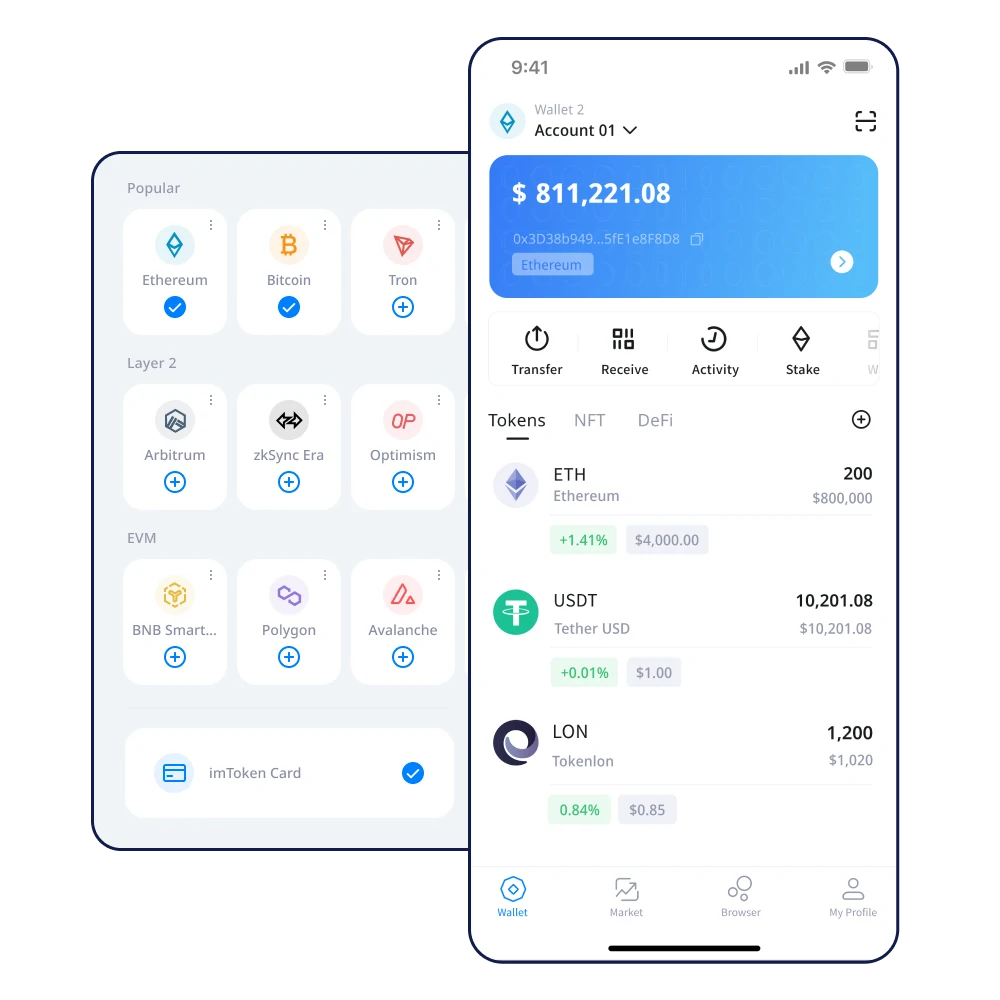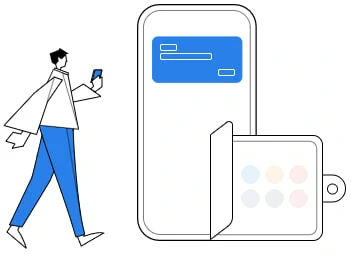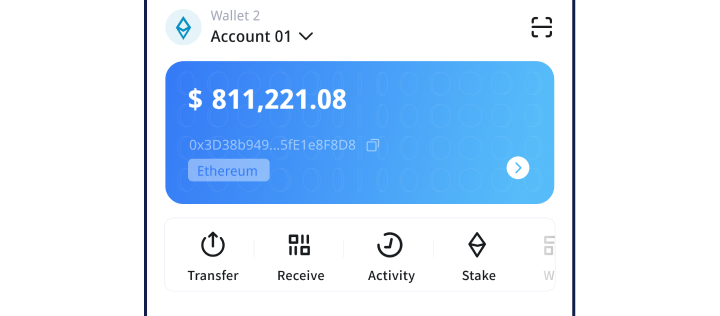# Understanding Token Allowance in Coinbase Wallet
Cryptocurrencies and digital wallets have revolutionized the way we think about money and transactions. Among various wallets available, Coinbase Wallet stands out due to its user-friendly interface, security features, and the important function of token allowance management. This article will delve into the concept of token allowance in Coinbase Wallet, exploring its importance, functionalities, and implications for users in the crypto space.
## What is Token Allowance?
Token allowance is a mechanism based on smart contracts primarily used in decentralized finance (DeFi) applications. It refers to the amount of a specific token that a third party—often a decentralized application (dApp)—is allowed to spend on behalf of a user. When a user grants allowance to a dApp, they effectively permit it to manage a certain quantity of their tokens without needing to authorize each transaction explicitly.
This system enhances user experience by reducing the number of confirmations needed for transactions, thus facilitating smoother interactions within the DeFi ecosystem. Token allowances are critical in enabling functions such as trading, lending, and liquidity provision while maintaining user control over their assets.
## The Role of Coinbase Wallet
Coinbase Wallet is a non-custodial digital wallet that provides users with complete control over their private keys and cryptocurrencies. Unlike Coinbase Exchange, where users trade and hold their assets without direct control, Coinbase Wallet allows for more flexibility in managing tokens, participating in decentralized finance activities, and interacting with various dApps.
In Coinbase Wallet, users can easily view and manage their token allowances. This functionality not only enables better control over tokens but also ensures users can participate in DeFi platforms without repeatedly authorizing each transaction, streamlining the overall process.

## How Token Allowance Works
The process of granting token allowance generally involves a smart contract and two participants: the token holder (the user) and the spender (the dApp). When the token holder wishes to allow a dApp to spend tokens on their behalf, they interact with a smart contract associated with that token.
### Step-by-Step Process
1. **Approval**: The user initiates a transaction through their wallet, specifying the amount of tokens they are willing to allow the dApp to spend.
2. **Smart Contract Interaction**: Upon approval, the transaction is sent to the blockchain, interacting with a smart contract that records the allowance. The contract updates to reflect the new allowance granted to the dApp.
3. **Execution of Transactions**: Once allowance is granted, the dApp can execute transactions using the approved tokens without prompting further permissions from the user, streamlining future interactions.
4. **Revocation**: Users maintain control and can revoke allowances anytime by interacting with the smart contract again, effectively resetting the allowed spending limit to zero.
## Benefits of Token Allowance
Understanding the benefits of token allowance is crucial for any user navigating the crypto landscape. Here are several key advantages:
### 1. Enhanced User Experience
Token allowance simplifies transactions within the DeFi space by eliminating the need for repeated approvals. This makes it easier and faster to interact with dApps, improving overall user experience.
### 2. Time Efficiency
In a rapidly moving market, time can be a crucial factor. Allowances help users save time by automating the approval process for future transactions. This is particularly beneficial when trading or participating in liquidity pools, where split-second decisions can significantly impact gains.
### 3. Trust and Control
While it may appear that granting token allowances diminishes control over one’s assets, it actually enhances trust in interacting with dApps. Users can monitor their allowances and revoke them when necessary, ensuring that they retain authority over their tokens.
### 4. Cost Reduction
Minting transactions, particularly on blockchains with high fees like Ethereum, can quickly accumulate costs. By using allowances, users can minimize the total number of transactions they authorize, subsequently reducing gas fees.
## Security Considerations
While token allowance brings numerous benefits, it also introduces potential security risks. Managing and granting allowances requires users to exercise caution to avoid exposure to malicious actors.
### 1. Front-Running Attacks
One concern with allowances in DeFi stems from front-running attacks, where a malicious actor can take advantage of pending transactions. If a user sets a high allowance, a front-runner may exploit this by spending the allowed tokens before the user’s intended transaction is executed.
### 2. Overly Generous Allowances
Users must be cautious of granting excessive allowances to dApps, as it may expose them to unwanted risks. A dApp with a high allowance could potentially exhaust users’ tokens without their permission if it behaves maliciously or is compromised.
### 3. Revocation Best Practices
To mitigate risks, users should regularly review and restrict allowances according to their current needs. Immediately revoking allowances after completing transactions or interacting with dApps can help maintain control and reduce exposure to potential exploits.
## Best Practices for Managing Token Allowance
To navigate the inherent risks and leverage the advantages of token allowance effectively, users should consider the following best practices:
### 1. Regular Reviews
Users should regularly review their token allowances within Coinbase Wallet. Monitoring active allowances can help identify unnecessary ones and provide an opportunity to revoke or adjust them accordingly.
### 2. Set Limitations
Instead of granting extensive allowances, users may consider providing small, periodic allowances tailored to their transaction needs. This approach limits the risk exposure to a specific dApp while still enabling smooth interactions.

### 3. Utilize Trusted dApps
When granting token allowances, it is critical to use reputable dApps with strong security measures and transparent protocols. Reputation and user feedback can guide users in deciding which applications to trust with their allowances.
### 4. Stay Informed
Staying updated on the latest security practices and potential vulnerabilities in dApps can empower users to make informed decisions about token allowances. Education regarding developments in the crypto space is vital for ensuring safety and security.
## Conclusion: The Future of Token Allowance in Crypto
Token allowance, particularly within the context of Coinbase Wallet, represents a significant evolution in how users interact with cryptocurrency and decentralized applications. By allowing third parties to manage portions of their tokens, users can harness the full power of DeFi technology, enjoying seamless experiences that were not feasible in traditional banking systems.
As the landscape of digital finance continues to evolve, the understanding and management of token allowances will become even more critical. Users must prioritize security while embracing the benefits that come with this innovative mechanism. By staying informed and implementing best practices, crypto enthusiasts can effectively navigate the complex world of tokens and decentralized finance, positioning themselves for success in the future of finance.







